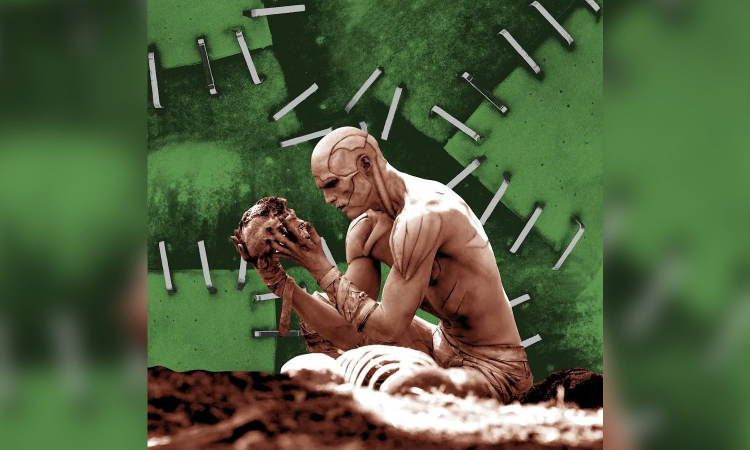Eternal creation: Del Toro revives Frankenstein’s beating heart
Guillermo del Toro’s new adaptation, arriving on Netflix this weekend, must reckon not only with the novel but with its cultural mutations. How will he reconcile the creature Shelley created with the monster he became?

In the two centuries since Mary Shelley published Frankenstein, film adaptations have turned her anguished creature into a lumbering green monster fit for haunted houses. Audience expectations, like scar tissue built up over time, have drifted from Shelley’s vision so far that many now regard Frankenstein as mere horror. It is not.
Guillermo del Toro’s new adaptation, arriving on Netflix this weekend, must reckon not only with the novel but with its cultural mutations. How will he reconcile the creature Shelley created with the monster he became?
Shelley’s novel brims with tempestuous Gothic emotion, the Romantic swooning of heroes overcome by fever and despair. Its horror lies not only in grotesque bodies but in the pain of rejection and parental neglect. The creature’s real tragedy begins when Victor Frankenstein, horrified by his own creation, abandons it.
The mutation of Shelley’s vision began with James Whale’s 1931 film, which fixed the creature’s image — square head, neck bolts — and rendered him largely mute. When the doctor’s assistant steals a brain labelled “abnormal,” the creature is doomed from inception: incapable of thought or belonging. Yet amid its liberties, Whale’s film preserves a glimmer of Shelley’s sorrow. Boris Karloff’s heavy-lidded eyes convey the wounded innocence of a being thrust into a hostile world. Misery, the creature says in the novel, made him a fiend; Karloff understood that misery.
Later adaptations stripped away that humanity. Hammer Films’ lurid series, beginning in 1957, revelled in blood and spectacle. Later still, Flesh for Frankenstein (1973) turned the tale into a grotesque satire, while Victor Frankenstein (2015) recast it as a buddy movie. Audiences came to expect only carnage, not consciousness. The thinking creature who once pondered Milton and longed for affection was lost beneath layers of pulp and parody.
Before seeing del Toro’s film, I read reviews calling it “gentler,” with “no horror or suspense whatsoever.” Some critics fretted it might be more historical melodrama than horror. Del Toro himself has said it’s not a “horror movie” but an “emotional story,” even calling Frankenstein “the quintessential teenage book” — an apt description. At its core, Shelley’s novel is about creation and abandonment, the aching distance between parent and child, love and rejection.
Del Toro’s film is, like the creature, a patchwork. Its saturated colours and bursts of red nod to Hammer’s gothic excess, while its heart lies with Shelley’s intelligence and melancholy. His creature — played by Jacob Elordi — reads poetry, remembers, and feels. The story unfolds in flashback, with altered relationships and new characters, a further evolution of the myth.
But how faithful must an adaptation be? My favourite Frankenstein-inspired film isn’t an adaptation at all. In The Spirit of the Beehive (1973), a Spanish girl watches Whale’s film and blurs the boundary between reality and imagination. It captures the soul of Shelley’s story — the yearning, the loneliness — without reproducing its plot.
Frankenstein has been endlessly remade, like its own creature stitched from cultural remains. These mutations — from terror to tenderness — reflect our shifting anxieties. “The heart will break,” Byron wrote, “and yet brokenly live on.” So, too, does Shelley’s creation: alive, evolving, forever seeking new form on the silver screen.
Moreno-Garcia is the author of ‘The Bewitching’, ‘The Seventh Veil of Salome’, ‘The Daughter of Doctor Moreau’, ‘Mexican Gothic’ and many other books
@The New York Times



